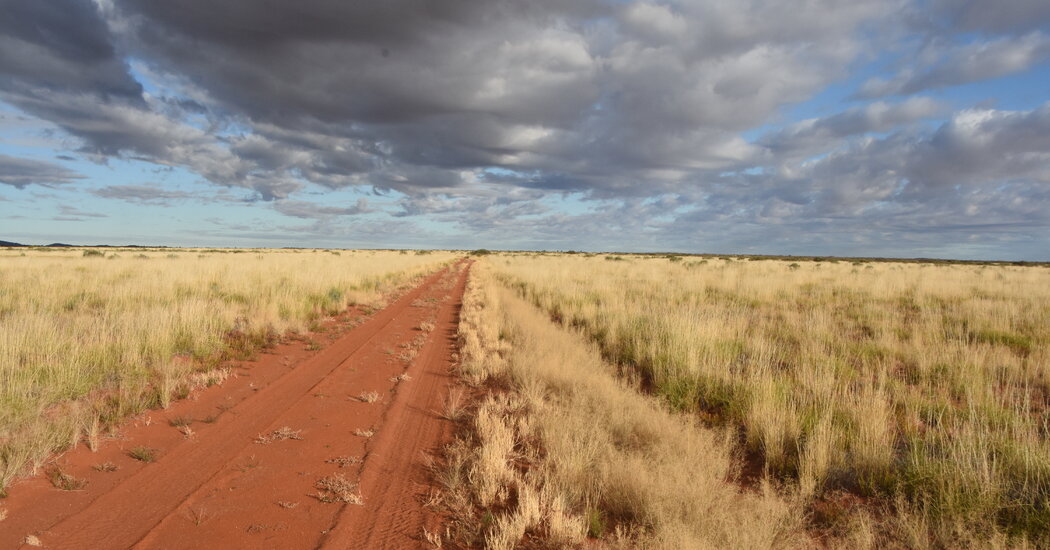Close to the geographical heart of Australia, Alice Springs feels like a true desert town. Red earth laps its edges. The ocher walls of the West MacDonnell Ranges crowd its southern fringe. Pink-chested galahs wheel and screech overhead, and, lining the streets, gum trees give off the faintest smell of eucalyptus.
Even by Aussie standards, Alice Springs is casual: People dress down, and many drive well-equipped four-wheel-drive trucks that are as much a part of the uniform as T-shirts, shorts and Akubra hats. It is a frontier town, one that likes a drink, a tall tale from the outback and a weekend spent camping, which is what I planned to do after a few days in town.
On a visit last May, I stayed at the DoubleTree by Hilton, and ate in the hotel’s elegant Hanuman Restaurant, with some of the best Indian dishes outside Australia’s major cities. By day, I visited Alice Springs Desert Park, with its extraordinary desert wildlife, and the city’s Aboriginal art galleries. Exploring the Araluen Art Centre and Papunya Tula gallery was like a crash course in the exquisite traditional dot paintings of Australia’s Western and Central Deserts. It was a reminder that Alice Springs — or Mparntwe to its traditional owners, the Arrernte people — is largely an Aboriginal town. Nearly one-fifth of the population is Indigenous.
Alice Nampitjinpa Henwood, a Warlpiri elder who is steeped in the traditional ways of her people, once told me that she seldom went to Alice Springs. “I go only when I have to. Out in the desert is better.”
I knew that Ms. Nampitjinpa Henwood, whom I had gotten to know over the years, was now working as an Indigenous ranger at Newhaven Wildlife Sanctuary, in the Great Sandy Desert, some 200 miles northwest of Alice Springs. Australia’s first Indigenous ranger program began back in 2007. Now, close to 200 such programs operate on protected areas overseen by local Indigenous communities or, in the case of Newhaven, in partnership with nonprofit conservation groups. Such reserves make up nearly half of Australia’s protected areas.
I had heard about Newhaven, of a desert reborn, of a partnership between Warlpiri rangers and a conservation nonprofit, Australian Wildlife Conservancy, to bring threatened wildlife back to the desert. Some of the species that were being returned, many of them from a captive breeding program at Alice Springs Desert Park, were central to the traditional creation stories told by elders such as Ms. Nampitjinpa…
Click Here to Read the Full Original Article at NYT > Travel…
